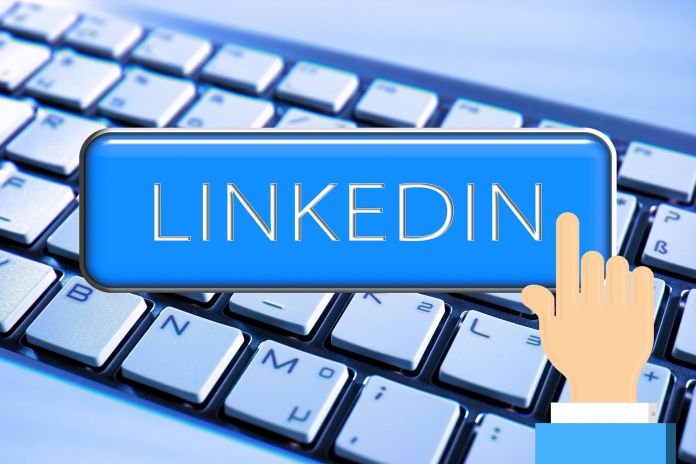The company, which still operates independently since Microsoft’s $28 billion acquisition in 2017, is now blocking users from exporting email addresses. A new privacy setting has been quietly rolled out that blocks exports by default. If you are unfamiliar with email exports, they allow users to export emails from their connections. For privacy, this is excellent news. Although, for general use it may be something of a hindrance. Firstly, let’s deal with why this new default privacy feature is good news. Blocking exports will do a lot to reduce spam and will also protect those users who had no knowledge their email could be downloaded by a connection. What about the negative? Well, firstly, LinkedIn rolling this feature out without warning or notice will likely annoy plenty of users. Business and recruiters make a lot of use from email exports and invest a lot of time with building contact with connections. Speaking to TechCrunch, LinkedIn confirmed the change: “This is a new setting that gives our members even more control of their email address on LinkedIn. If you take a look at the setting titled ‘Who can download your email’, you’ll see we’ve added a more detailed setting that defaults to the strongest privacy option. Members can choose to change that setting based on their preference. This gives our members control over who can download their email address via a data export.”
Choice
It is worth noting that while the blocking of exports is now default, users can choose to allow their email to be exported. To do just that, head to Settings & Privacy>Privacy>Who Can See My Email Address? From here, users can choose “Allow your connections to download your email [address of user] in their data export. The problem is, many users will not know about this setting. Indeed, they will not know about email exports and will not just continue with a default blocking them. As a result, the vast majority of user emails will no longer appear in LinkedIn Archive exports any more.




